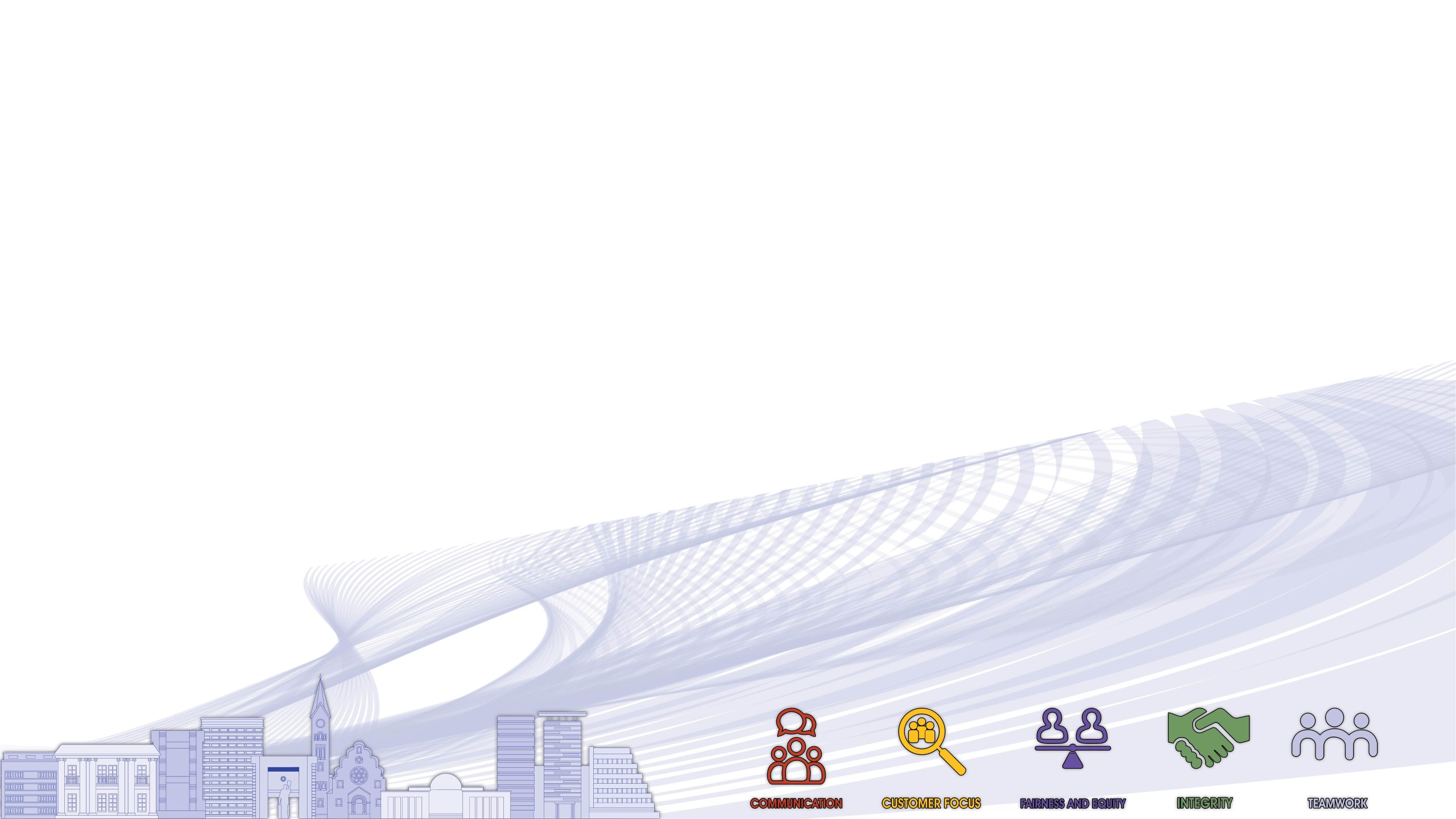The first recorded settlements were established because of the hot springs in the area. In about 1849, the Orlam Captain, Jan Jonker Afrikaner, settled in at the strongest spring in the present Klein Windhoek. At the time, the place was called “/Ai-//Gams” (Fire Water) by the Namas, and “Otjomuise” (Place of Steam) by the Hereros, both names being references to the hot springs.
Historians differ on how Windhoek got its name. Some believe that Afrikaner named Windhoek after the Winterhoek Mountains near Tulbagh in South Africa, where Afrikaner’s ancestors had lived.
In those days Windhoek was the point of contact between the warring southern Namas, led by Jonker Afrikaner, and the Hereros to the north.
In Windhoek, Afrikaner built a stone church for 500 people, which was also used as a school. Two Rhenish missionaries, Hugo Hahn and Heinrich Kleinschmidt, started working there in the 1840s; they were later succeeded by two Wesleyan missionaries. Gardens were laid out, and for a while Windhoek prospered, but wars destroyed everything.
After a long absence, Hahn visited Windhoek again in 1873 and was dismayed to see that nothing had remained of the former prosperity. In June 1885, a Swiss botanist found only jackals and startled guinea-fowl amongst neglected fruit trees.
Britain annexed Walvis Bay in 1878 and subsequently incorporated it into the Cape of Good Hope, although it was not interested in extending its influence to the interior. Through German colonial expansion, land was acquired by merchants in Luderitzbucht. This was followed by the declaration of the South West Africa territory as a German protectorate in 1884. The German colony came into being with the determination of its borders in 1890. Germany sent a protective corps (the “Schutztruppe”) under Major Curt von Francois to maintain order; the garrison was stationed at Windhoek, where it was strategically situated as a buffer between the Namas and Hereros, while the twelve strong springs provided water for the cultivation of food.
The present Windhoek was founded on 18 October 1890 when Von Francois laid the foundation stone of the fort, which is known as the Alte Feste (Old Fortress).
Over the next fourteen years, Windhoek developed slowly, with only the most essential government and private buildings being erected. In Klein Windhoek, plots were allocated to settlers, who started small-scale farming with fruit, tobacco and dairy cattle.
After 1907, the town developed more rapidly, with more settlers arriving from Germany and South Africa. Businesses were erected in Kaiser Street (the present Independence Avenue), and houses were built along the dominant ridge, including the three eye-catching castles.
The German colonial era came to an end during World War I, when South African troops occupied Windhoek on 12 May 1915 on behalf of Britain. For the next five years, South West Africa was administered by a military government, and development came to a standstill.
After World War II, Windhoek’s development gradually gained momentum as more money became available in the improving economic climate. Especially after 1955, large public projects were undertaken, such as the building of new schools and hospitals, the tarring of the town’s roads (this had already commenced in 1928), and the building of dams and pipelines to stabilise the water supply.
Since the mid-1980s, Windhoek has expanded consistently. Namibia’s Independence in 1990 brought considerable investment to the city centre, as well as expansion of the suburbs and a general upgrading of the infrastructure.
